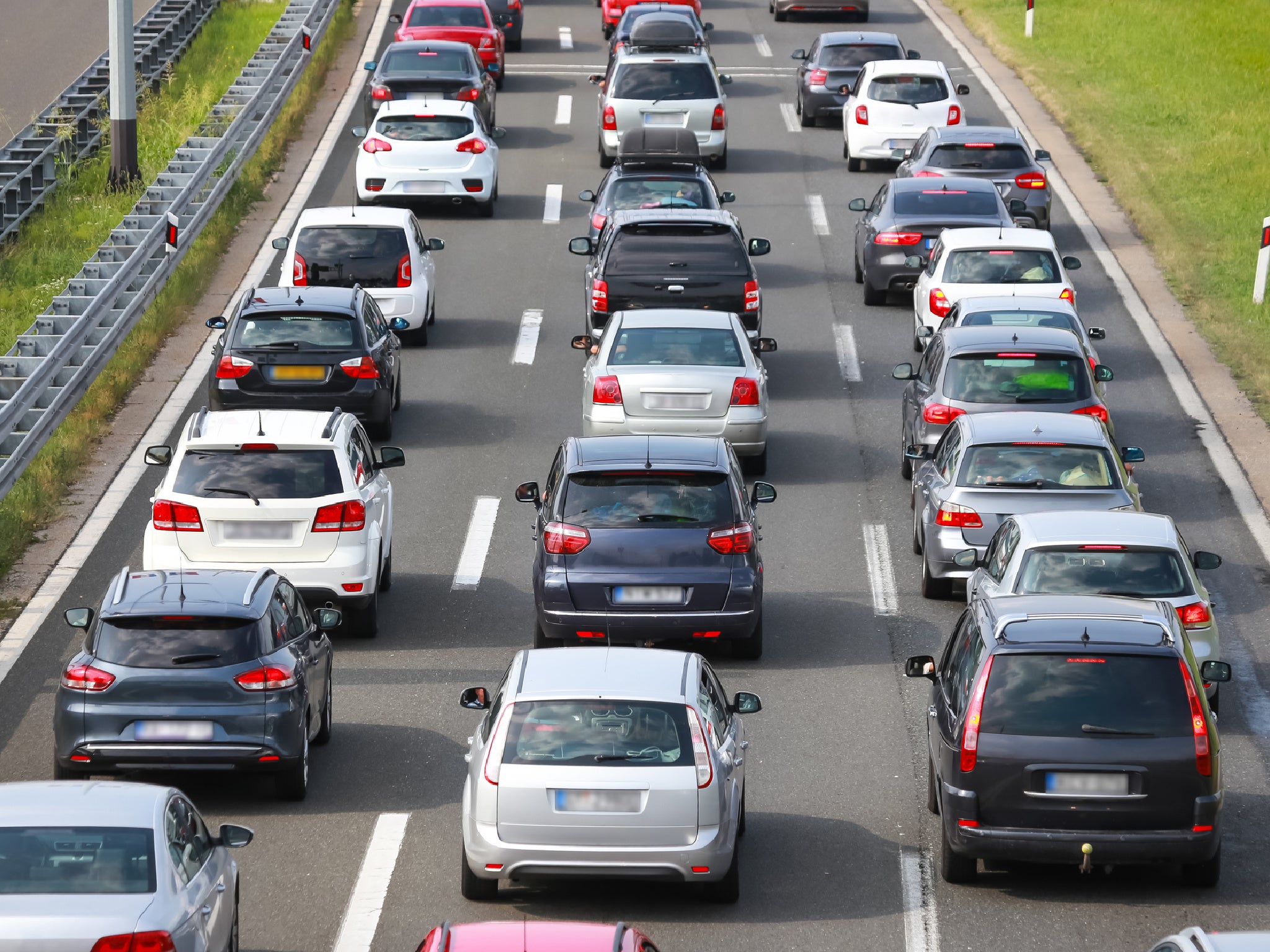Plans for Dover vehicle holding areas to avert traffic chaos amid new EU border controls
Under the entry-exit system, British travellers to the Schengen Area will need to provide a facial biometric and fingerprints

Your support helps us to tell the story
From reproductive rights to climate change to Big Tech, The Independent is on the ground when the story is developing. Whether it's investigating the financials of Elon Musk's pro-Trump PAC or producing our latest documentary, 'The A Word', which shines a light on the American women fighting for reproductive rights, we know how important it is to parse out the facts from the messaging.
At such a critical moment in US history, we need reporters on the ground. Your donation allows us to keep sending journalists to speak to both sides of the story.
The Independent is trusted by Americans across the entire political spectrum. And unlike many other quality news outlets, we choose not to lock Americans out of our reporting and analysis with paywalls. We believe quality journalism should be available to everyone, paid for by those who can afford it.
Your support makes all the difference.New holding areas are being secured to accommodate tourist vehicles bound for the continent, in a bid to prevent major disruptions when stricter border controls take effect this November.
Concerns over the “entry-exit system” (EES), which will require non-EU passport holders to register their fingerprints and have their photos taken, have been mounting in recent weeks. Local leaders in Ashford Borough Council have warned of potential 15-hour queues due to the additional checks and processing times.
The designated holding areas will be located away from the main road network, according to a report inThe Times, and will serve as staging grounds for vehicles heading towards the UK’s busiest passenger port.
Unlike in Folkestone, where there is more room in the port so passengers can register their vehicles at the terminal, Dover needs additional space to process the new information required by the EU.
Under the EES, passengers will be subject to biometric checks upon entry into the Schengen zone. Questions about the purpose of their trip, return travel arrangements, and financial resources will be commonplace.
In Folkestone, they will be able to do this by exiting their vehicles and going to a large aircraft hangar.
But the Port of Dover has particularly tight space constraints, and already experiences long delays at peak times. More than 11 million people pass through Dover every year, which is five times as many as Britian’s busiest airport.
Seema Malhotra, the minister for migration and citizenship, told The Times: “We are keeping off-road sites under review [so] that, should they need to be used, we have a contingency plan for that.
“We continue to work with the councils, the European Union and our French counterparts to make sure we are as prepared as possible so we minimise the risk of long queues, particularly at peak travel times.”
Work has already started to create a new holding and processing area at the Port of Dover in Granville Dock, an old cargo dock in the port’s Western area, according to The Times sources.
However, the drawback is that the works will take until Easter at the earliest and needs permission from the French interior ministry to use the new area for EU border controls. The space is expected to occupy 175,000 square metres.
Last week the government announced port spending measures, in which the Port of Dover, Eurotunnel at Folkestone and Eurostar at St Pancras will each receive £3.5 million to help them take measures to deal with the new EES checks.
For more travel news and advice, listen to Simon Calder’s podcast
Join our commenting forum
Join thought-provoking conversations, follow other Independent readers and see their replies
Comments